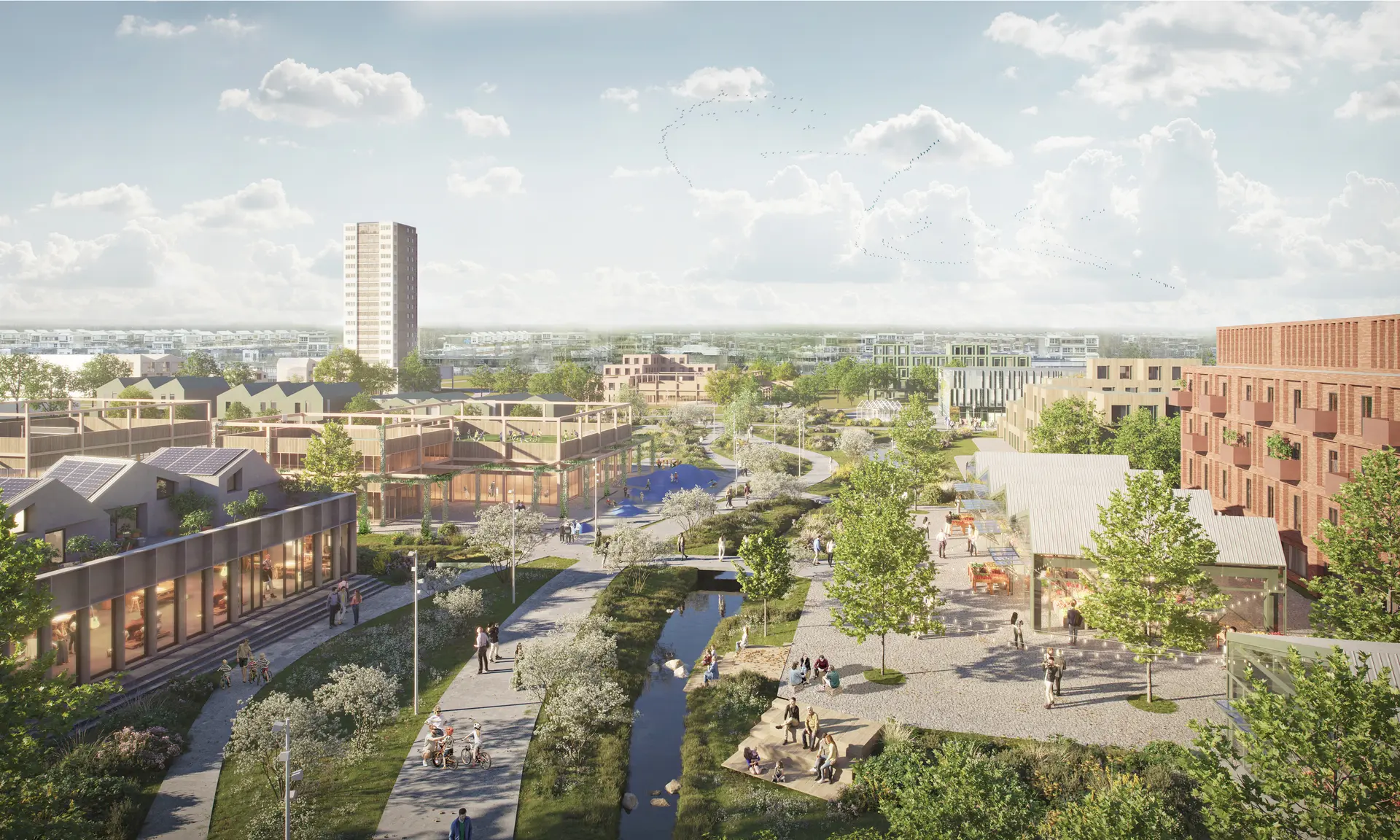Urban Decarb: new digital tool brings carbon into focus on the urban scale

Whilst quantifying the carbon footprint of buildings has undoubtedly come into greater focus in recent years, it’s time we acknowledge that buildings cannot be examined in isolation. As of now, the immense impact of embodied carbon on an urban scale – that is the emissions associated with the whole lifecycle of material components in our cities – is too often overlooked.
To take on this challenge, our team of architects, urbanists, and computational designers have developed Urban Decarb - a tool for integrating otherwise siloed carbon knowledge of urban components in the early design stages of urban development.
Urban Decarb marks a significant step in utilizing embodied and operational carbon as design parameters in urban planning by looking at the city as a whole – from buildings to roads, parking, landscaping, and infrastructural urban systems. In doing so, the tool is meeting the increasing call for ambitious decarbonization efforts coming from forward-thinking land and property owners.
Global Design Director, Urbanism, Signe Kongebro explains, “As our cities and populations grow in tandem with climate change, designing for healthy living and resilience at an urban scale is more crucial than ever. We want to help our clients globally to assess the carbon footprint of existing urban areas leading up to redevelopment and transformation. The purpose of this is to ensure that all stakeholders - from property owners and municipalities to designers, engineers, and even community members - are making informed decisions surrounding the project’s environmental impact.”
Based on synchronized datasets associated with the geographic context of the project, Urban Decarb presents the designer with approximations that make it possible to assess the impact of their design decisions early on, by comparing the carbon cost of scenarios as they are being modeled in real-time.



